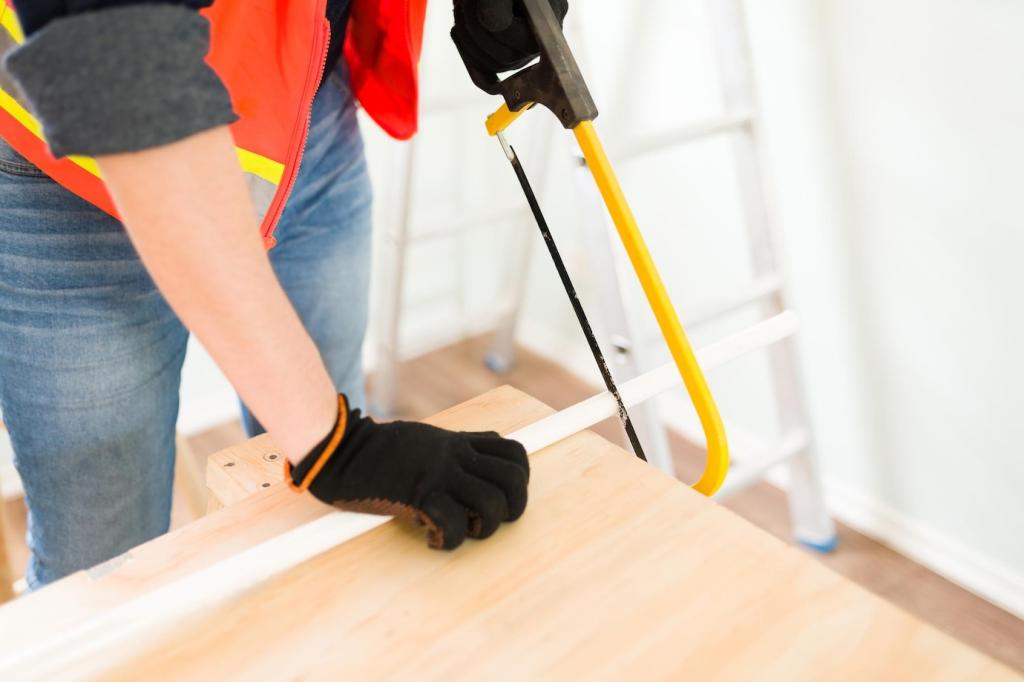Re-Gluing Loose Veneer and Blisters
Gently lift the bubble’s edge with a thin palette knife, inject warm PVA or hide glue, then roll outward to spread adhesive. Clamp with a caul and wax paper, wiping squeeze-out immediately for a seamless bond.
Re-Gluing Loose Veneer and Blisters
Old hide glue often re-bonds with warmth and light moisture. Place damp kraft paper, apply a medium iron through a clean cloth, then clamp. Check often; too much heat can print texture or cause creep.


